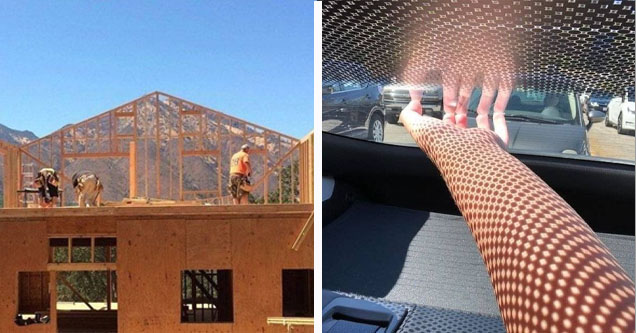Stranger Than Fiction: 18 Scientific Facts That Sound Far Fetched
The truth is stranger than (science) fiction.
Published 6 months ago in Wow
Several species evolve into crabs. Phantom limbs cause patients sensations. An entire underground network of fungi allows plants to communicate with one another. While these tidbits may sound like plot lines from a sci-fi novel, they're cold, hard facts, accepted by scholars and experts alike.
From epigenetics to the placebo effect, here are 20 real scientific facts that sound like total BS.
2
“People getting PhD's to study fossilized feces, aka ‘coprolites’. First time I heard about it, I thought it was a joke. After all, isn't a fossil organic material that's been replaced by minerals, so what good will it do to study the size and shape of stone turds? Nope, it's an actual respected field of physical anthropology that's contributed a great deal of knowledge to prehistory.”
5
“The Double-Slit Experiment. Where one particle seemingly is in two places at the same time. One of the most profound experiments in all history and an experiment that is pretty easily done and has been repeated many, many times because it is unbelievable. If it doesn't disturb you on some level you are probably not understanding it.”
12
“Mycelium. You're telling me the 'roots' of mushrooms act as a big message delivery system that not only allows information to be sent large distances across a single specimen but can also be used by connected TREES to communicate with each other and swap nutrients??? This is an oversimplification and mycelium absolutely does not think (isn't sentient) like humans do-- however, I am not exaggerating just how implausible it all sounds. There are some amazing mushroom documentaries out there and it still baffles me.”
13
“You absorb more nutrients from cooked eggs than you do from raw eggs. People don’t believe it because cooking eggs actually does reduce the amount of nutrients. BUT cooking them changes the protein structures and makes it easier for your body to actually absorb them. It’s called Protein Denaturation and it increases the bioavailability of the proteins. Bioavailability describes what is actually available for your body to digest and absorb. More nutrients doesn’t necessarily mean more bioavailability and less nutrients doesn’t necessarily mean less bioavailability.”
15
“Neuroplasticity is pretty crazy. Our brains "rewire themselves" to use new tools so we don't have to think as hard about using them. Picture writing your name and think about how your arm, hand, and fingers all move together to draw the letters. All that incredibly complex movement we don't even think about, our brains just do it! We can use tools like they're an appendage. Some people even learn to use new appendages or senses! Like the third thumb thing from a while back, or the guy who plugged an antenna into his brain that lets him sense electromagnetic fields.”
18
“When an amputee is experiencing phantom limb pains, massaging their stump and then the space where the limb was actually does help reduce the pains, especially if the person is already on the maximum dosage of pain meds and can't have anymore. Hearing the hands against the sheets where the limb would be tricks the brain into thinking that it's still there, so it stops the nerves from overfiring as much.”






















